Imaging Series
Join Dr. Ziad Ali for a controversial discussion of IVUS versus OCT where he examines the differences between modalities and expands on when he uses one versus the other.

Imaging with Ultreon
For educational, informative videos about Ultreon™ Software, check out our video playlist here: how to use the software for OCT-guided PCI, how to use software features and functions, physician testimonials, use in live cases, and more.
What do you like about Ultreon™ 2.0 Software?
How can AI-enabled Ultreon™ 2.0 Software help teach how to use OCT?
What are the benefits of Dynamic Angio?
How to Customize Your Profile & Preferences with Ultreon™ 2.0 Software
How to Access Coronary Calcium with Ultreon™ 2.0 Software
Select the Right Stent Size with Ultreon™ 2.0 Software
Deliver and Deploy the Stent with Dynamic Angio in Ultreon™ 2.0 Software
How to optimize stent placement with Ultreon™ 2.0 Software
Analyze Complex Cases with 3D Bifurcation Feature in Ultreon™ 2.0 Software
Compare Pullbacks with Ultreon™ 2.0 Software
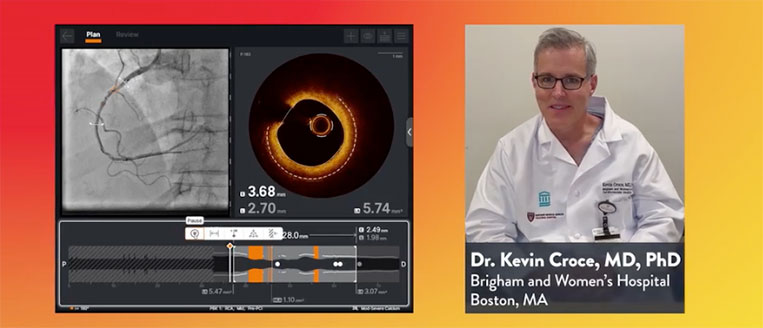
What do you like about Ultreon™ 2.0 Software?
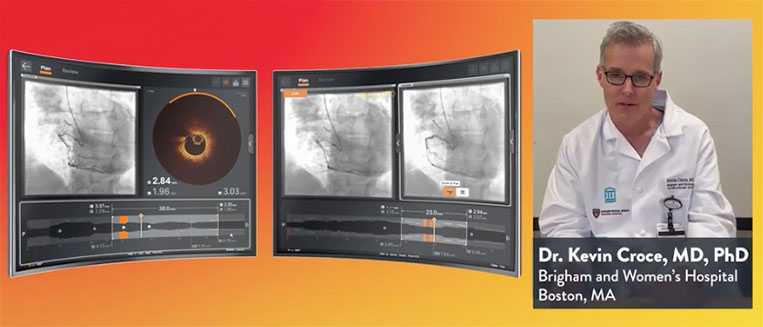
How can AI-enabled Ultreon™ 2.0 Software help teach how to use OCT?
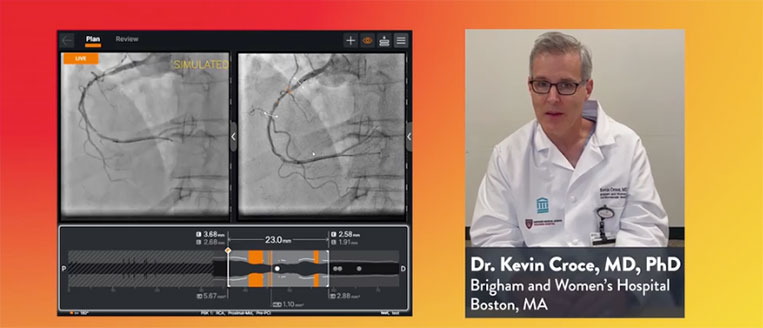
What are the benefits of Dynamic Angio?
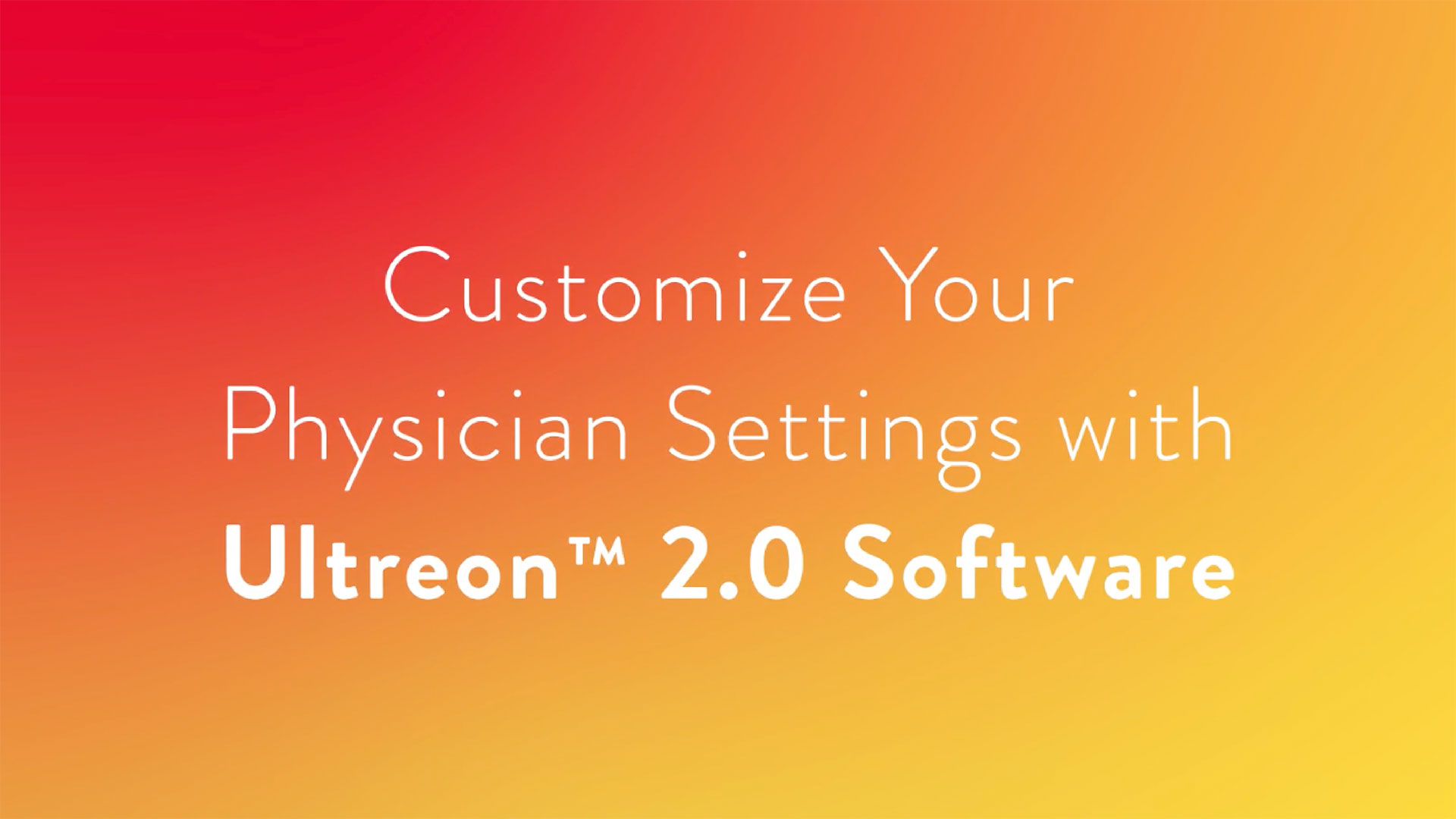
How to Customize Your Profile & Preferences with Ultreon™ 2.0 Software
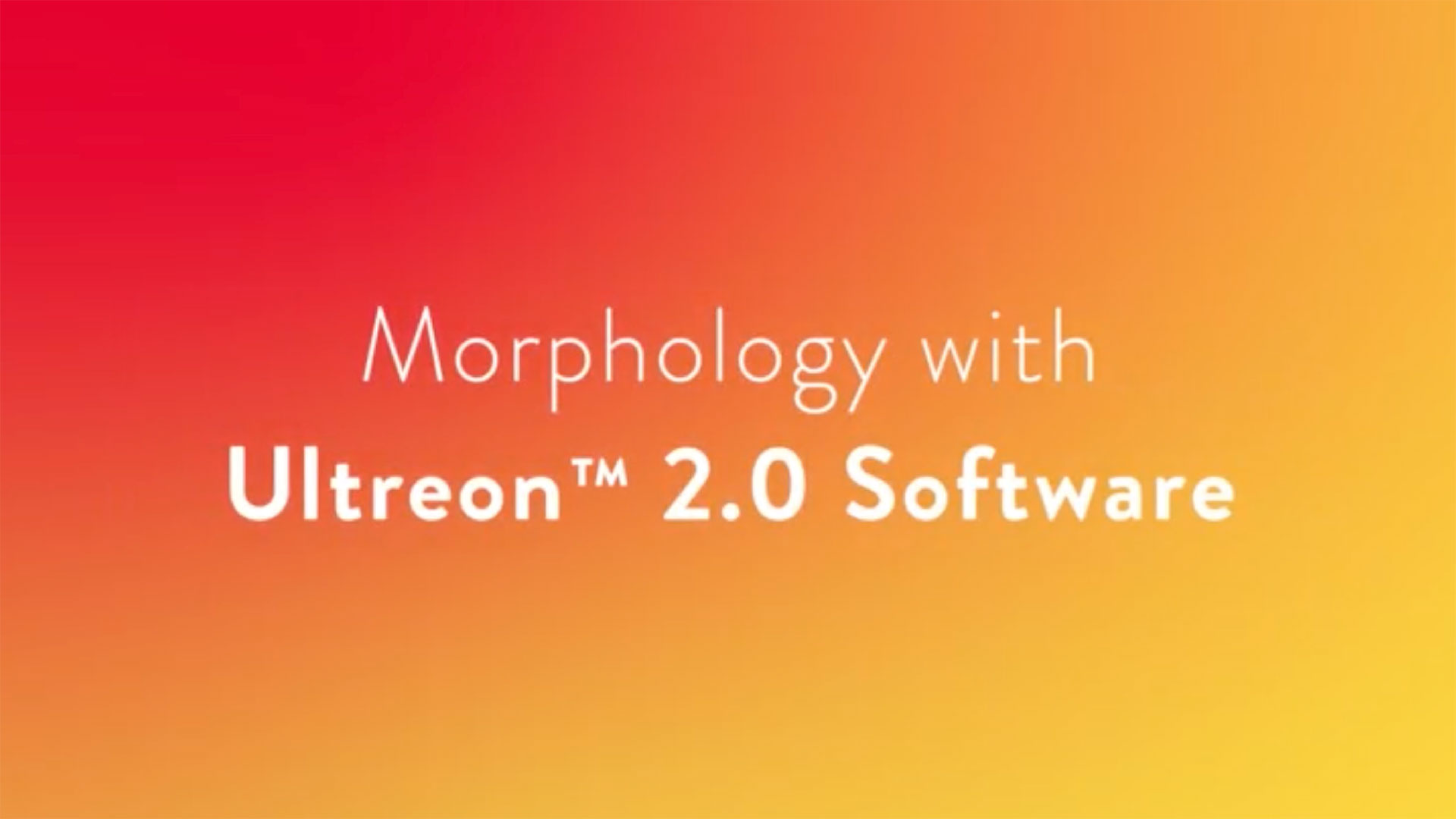
How to Access Coronary Calcium with Ultreon™ 2.0 Software

Select the Right Stent Size with Ultreon™ 2.0 Software

Deliver and Deploy the Stent with Dynamic Angio in Ultreon™ 2.0 Software

How to optimize stent placement with Ultreon™ 2.0 Software
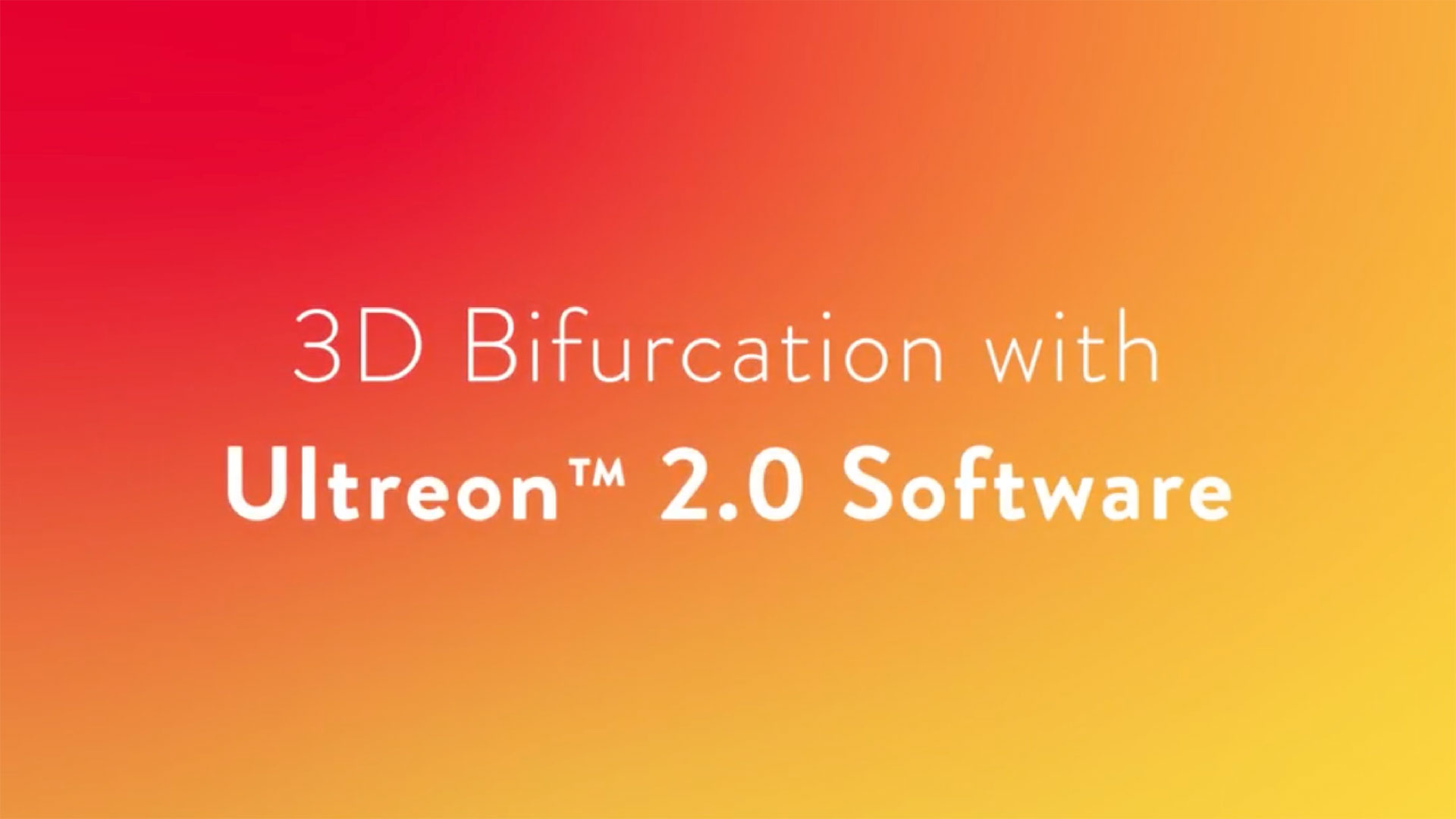
Analyze Complex Cases with 3D Bifurcation Feature in Ultreon™ 2.0 Software

Compare Pullbacks with Ultreon™ 2.0 Software
MAT-2211925 v2.0
Important Safety Information
Dragonfly™ OPTIS™ Imaging Catheter

Indications: The Dragonfly™ OPTIS™ Imaging Catheter with the OCT Imaging System is intended for the imaging of coronary arteries and is indicated in patients who are candidates for transluminal interventional procedures. The Dragonfly™ OPTIS™ Imaging Catheter is intended for use in vessels 2.0 to 3.5 mm in diameter. The Dragonfly™ OPTIS™ Imaging Catheter is not intended for use in the left main coronary artery or in a target vessel which has undergone a previous bypass procedure.
Contraindications: Use of the Dragonfly™ OPTIS™ Imaging Catheter is contraindicated where introduction of any catheter would constitute a threat to patient safety. Contraindications include:
- Bacteremia or sepsis
- Major coagulation system abnormalities
- Patients disqualified for CABG surgery
- Patients disqualified for PTCA
- Severe hemodynamic instability or shock
- Patients diagnosed with coronary artery spasm
- Total occlusion
- Large thrombus
- Acute renal failure
Warnings and Precautions:
- Store at ambient temperature in a dry location out of direct sunlight.
- Ensure the catheter is at room temperature (10°C to 32°C) before use.
- This device is sterilized by ethylene oxide and is intended for one time use only. Non-pyrogenic. Do not use if the package is opened or damaged. Do not reuse or re-sterilize.
- Appropriate anticoagulant and vasodilator therapy must be used during the procedure as needed.
- Observe all advancement and movement of the Dragonfly™ OPTIS™ Imaging Catheter under fluoroscopy. Always advance and withdraw the catheter slowly. Failure to observe device movement fluoroscopically may result in vessel injury or device damage. To assure proper placement do not move the guide wire after the Dragonfly™ OPTIS™ Imaging Catheter is in place.
- If resistance is encountered during advancement or withdrawal of the Dragonfly™ OPTIS™ Imaging Catheter, stop manipulation and evaluate under fluoroscopy. If the cause of resistance cannot be determined or mitigated, carefully remove the catheter from the patient.
- Use the minimum flush rate and volume required to image the desired anatomy.
- After use, this product may be a potential biohazard. Handle and dispose of in accordance with accepted medical practice and applicable laws and regulations.
- The instructions for use are recyclable. Dispose of all packaging materials appropriately.
- Refer to contrast media Instructions for Use for general warnings and precautions relating to contrast media.
- This package contains a Sterile Single Use Only Device. Any attempt to re-use or re-sterilize may compromise the structural integrity of this device.
- Do not remove the Dragonfly™ OPTIS™ Imaging Catheter from the DOC until the procedure is complete to avoid a potential sterility breach.
- Always verify that the catheter has been properly prepared prior to inserting into vasculature.
Potential Adverse Events: The following complications may occur as a consequence of intravascular imaging:
- Coronary artery spasm
- Unstable angina
- Allergic reaction to the contrast media
- Arterial dissection, injury or perforation
- Thrombus formation, abrupt closure, or total occlusion
- Abnormal heart arrhythmias
- Embolism
- Acute myocardial infarction
- Death
MAT-2115908 v2.0


